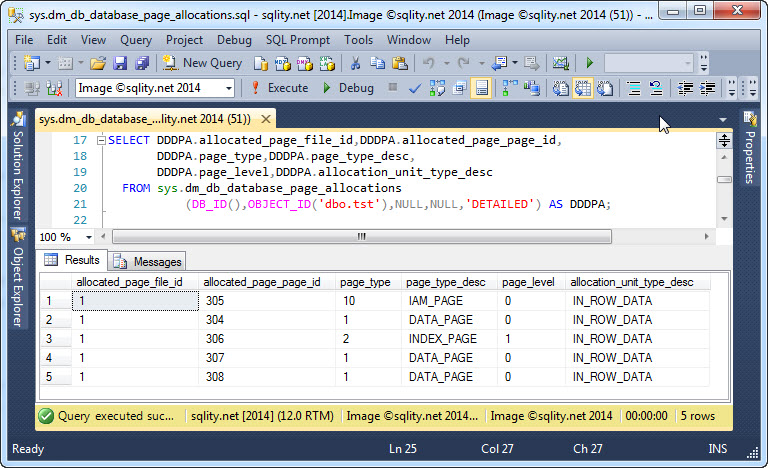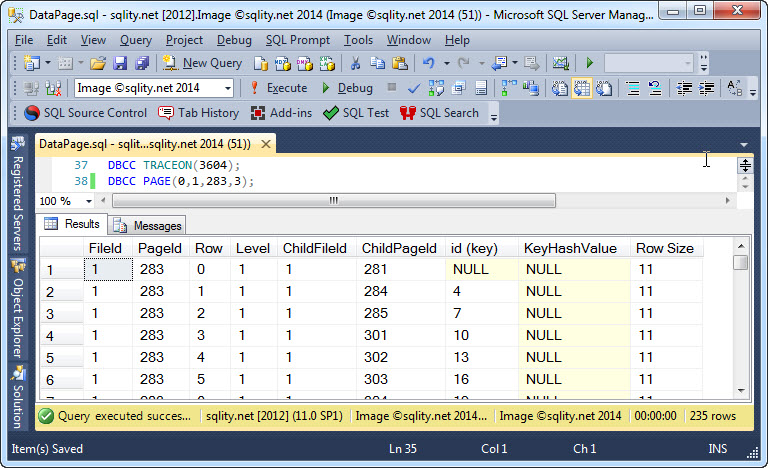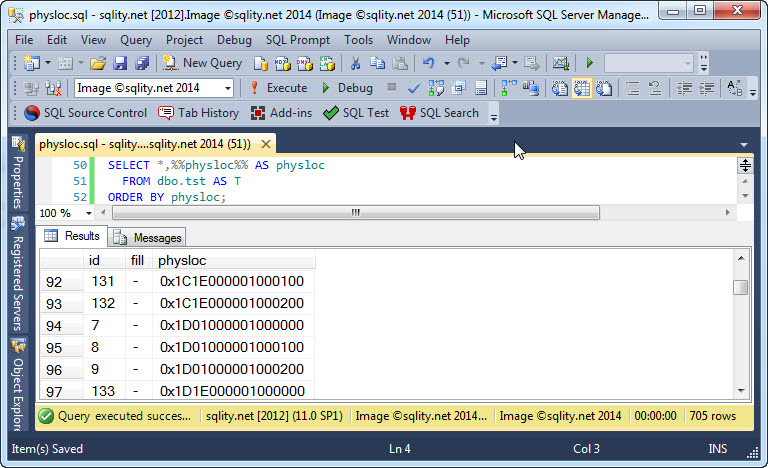Category: Storage Wednesday
-
The sys.dm_db_database_page_allocations DMF

Are you looking for an alternative to DBCC IND? Read on to see how the new sys.dm_db_database_page_allocations DMF can be used to return all pages for a particular table (or even all tables in a database).
-
Intermediate Index Pages in SQL Server

SQL Server stores indexes in B+ Tree format on disk. Each node is represented by a SQL Server page. The actual rows are stored in data pages while the index structure resides in intermediate index pages. Read on to find out more.
-
Where are my Rows? – Using the %%physloc%% Virtual Column

Sometimes it is helpful to know on which page exactly SQL Server has stored a particular row. You can use the undocumented %%physloc%% virtual column, together with its supporting functions sys.fn_PhysLocFormatter and sys.fn_PhysLocCracker, to find out.
-
B+Trees – How SQL Server Indexes are Stored on Disk

How does SQL Server organize clustered and non-clustered indexes on disk? SQL server uses B+Trees. Read on to find out what B+Trees are and how they are implemented in SQL Server.
-
The Server Configuration Page

The Server Configuration Page is the place where SQL Server stores its configuration values (sp_configure). It is of a special page type that is found only once per SQL Server instance. Read on to get all the details.











